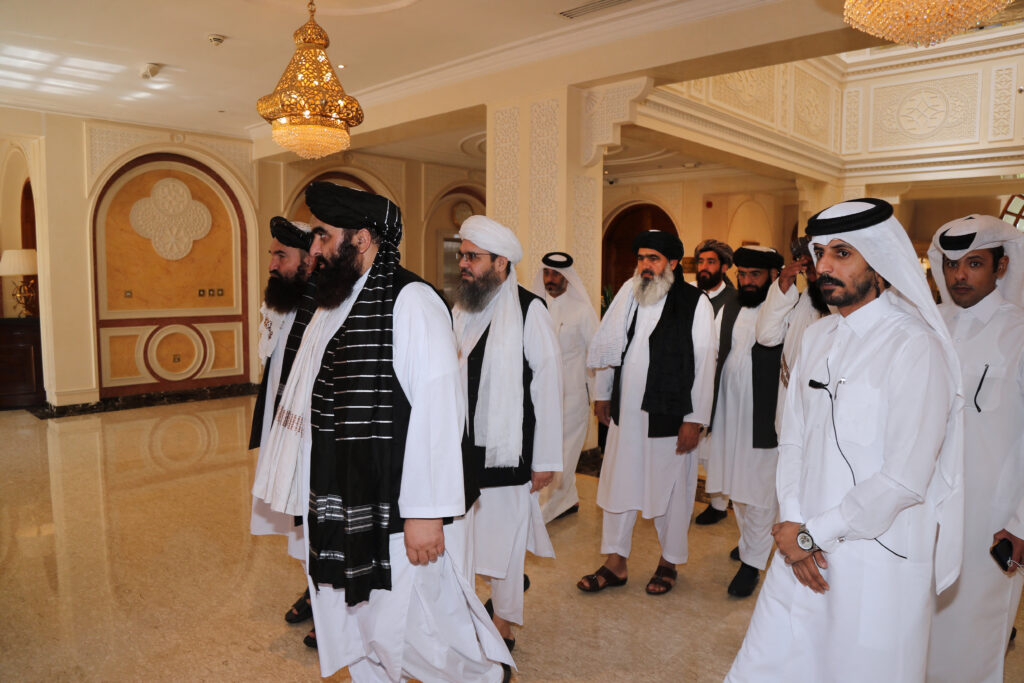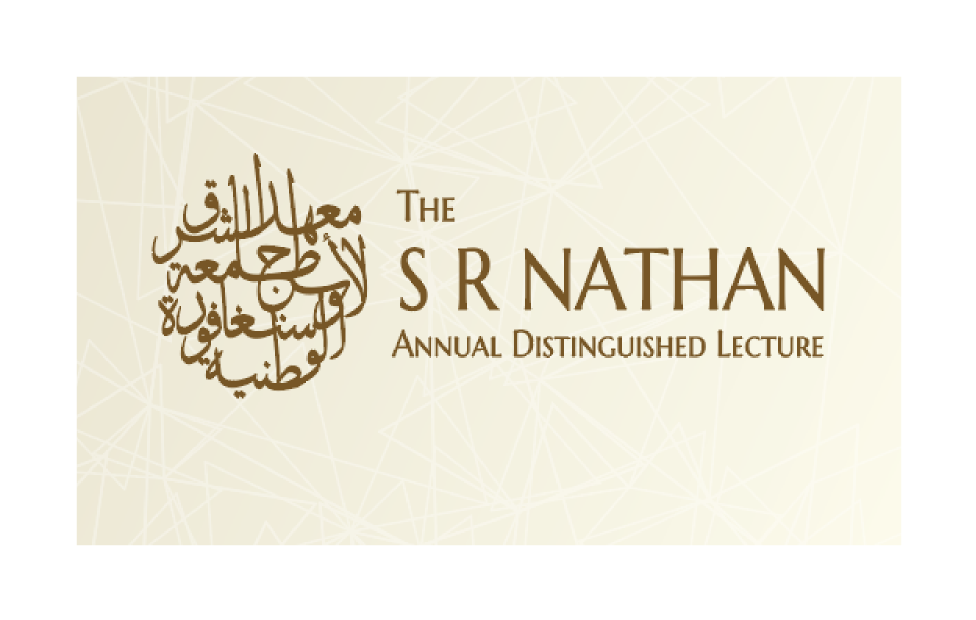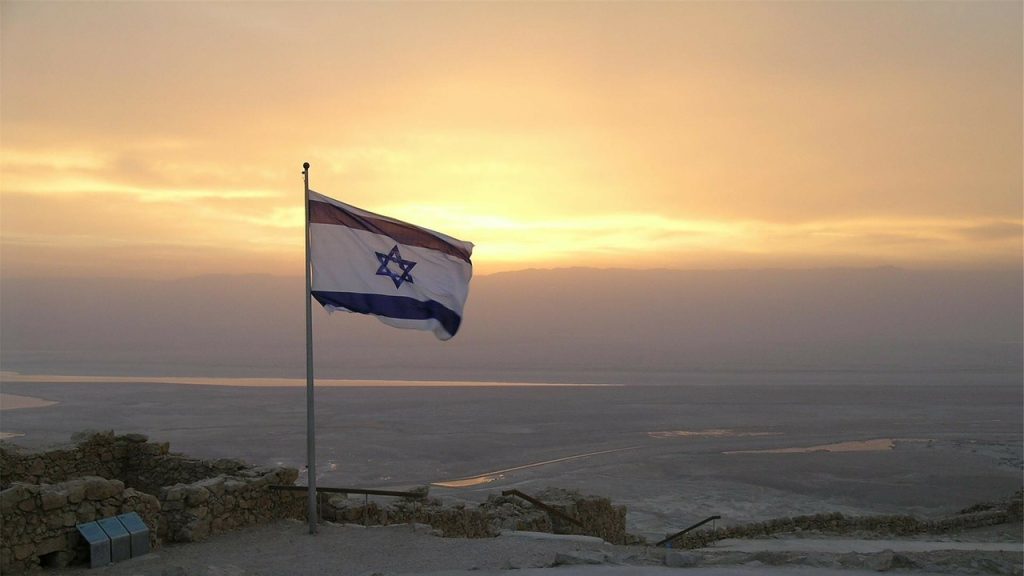
- 05 Dec 2019
[Arabia Asia] The Southern Tier: New Gulf Thalassocracies in the Indian Ocean World
This event is organised by the Muhammad Alagil Chair in Arabia Asia Studies at the Asia Research Institute, and with funding support from the Middle East Institute, National University of Singapore.
The dizzying pace of events churning the Middle East since the Arab Spring erupted in 2011 has left experts at a loss for adequate frameworks of analysis. From the multi-front wars in Syria and Yemen to the Iran nuclear deal and the Qatar crisis, there has been an active re-alignment of Cold War alliances and geostrategic partnerships that defies our conventional view of the region as shaped primarily by oil, religious politics and the Arab-Israeli conflict. As Iran moves closer to Turkey and Qatar, and the UAE and Saudi Arabia deepen their strategic ties with Israel beneath the chaos and debris of war, the political fault lines are being redrawn. Signs of a new regional order are becoming visible on the horizon.
We in the Arabia-Asia research cluster at the Middle East Institute and the Alagil Arabia Asia Chair Programme at the Asia Research Institute conceptualise this emerging geopolitical order as part of an East-West, Asia-Europe/Africa geography of trade, energy and strategic partnerships dividing the Middle East along a horizontal line: a transcontinental axis on the Northern Tier, and a maritime axis along the Southern Tier. Having charted the course of diplomatic and political developments in the Northern Tier defined by Iran, Turkey and Russia at a workshop organised by the Middle East Institute in the past year, we move on to the Southern Tier and the turn of events bringing it to life for the Asia Research Institute’s Muhammad Alagil Annual Conference this year.
At the helm of the Southern Tier and driving the maritime order in the Middle East is the UAE, in partnership with Saudi Arabia, Egypt, Bahrain and Israel. A string of ports, special economic zones and naval bases, stretching out from Jebel Ali and Jeddah to Doraleh (Djibouti), Berbera (Somaliland) and eventually Limassol and Benghazi (Libya) in the Mediterranean, a Middle East with arms spreading across the wider arc of the Indian Ocean to as far as India, perhaps even Southeast Asia, is Abu Dhabi’s game plan for commercial hegemony and global supply chain domination in an age of big power rebalancing and rivalry.
Abu Dhabi seeks to graft this maritime order on a map of port operations, shipping lanes and logistics corridors that an ambitious Dubai Ports World had come up with as part of its business strategy in the mid 2000s. As the global recession of 2008-9 hit Dubai’s expansion plans, and more states began to compete for domination of the global supply chain trade, Abu Dhabi stepped in to salvage it and make gains for itself. We see the unusual partnerships it has entered into with countries both within and beyond the Middle East as pathways to this goal which Abu Dhabi, with its limited naval and strategic capacities, cannot accomplish on its own. Despite the self-interest driving it, Abu Dhabi’s strategy makes political and strategic sense to its allies, especially with the US drawing down its military presence and Iran and its partners purportedly threatening commerce in the Persian Gulf.
We invite participants to flesh out the framework of the two-tiered Middle East and test its analytical limits from the economic, political and security perspectives of different states, and in relation to questions of national, regional and global significance. How resilient can alliances within each of these tiers be, particularly when players have as many differing goals as they have shared ones? Can carving up the Middle East roughly into a transcontinental axis and a maritime one stimulate peace instead of war, and avert the risk of a larger conflict between nuclear armed states in the region? How will a two-tiered Middle East hold out to players like China and Russia that are seeking to expand their footprint in the region as well as the Indian Ocean world at large? Will Abu Dhabi and its partners look to these states to replace the US in its role as the military hegemon in the Middle East and the Indian Ocean, or will it re-define the receding security architecture on a new and unfamiliar set of terms?
For registration, please click here.
About the Speakers
Event Details
10 Kent Ridge Crescent, Singapore 119260
National University of Singapore @ KRC




